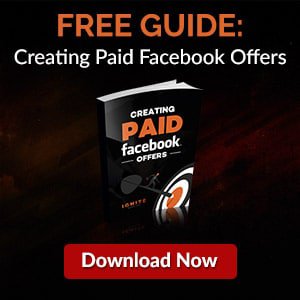


When you ran your first Facebook ads, you might have noticed that the “potential reach” advertised by Facebook was much higher than the actual reach you got.
So what gives? Why did your Facebook ad have such a low reach compared to its potential?
This is a question I get asked a lot ‒ so much, in fact, that I decided to write a whole blog post addressing it.
There are a bunch of reasons your Facebook ad might be getting low reach. It’s tough to say which is the case without taking a look at your account personally, but it’s almost certainly one (or more) of the following common problems:

You have to spend money to make money. This adage is true of almost every aspect of business, and advertising on social media is no exception.
If you’re only willing to put down $5 or $10 for your entire Facebook ad budget, you’re simply not going to reach enough people to make a significant difference.
That being said, you shouldn’t throw a bunch of money into Facebook ads for the sake of increasing your reach.
The beauty of Facebook is that you can experiment with different ideas and different target markets for as little as $1 per day.
I recommend starting with a low budget to figure out what works, and then increasing your budget ‒ and therefore your reach ‒ once you’ve got a proven strategy in place.
If you let Facebook automatically set your bid amount, you’ll typically get an actual reach within range of the potential range given by Facebook.
However, many advertisers like to set manual bids. Doing this does have its benefits ‒ for starters, you’ll know exactly how much you’ll be paying per click, which is helpful in setting a budget.
If you set your manual bid too low though, the ad slot your ad would have shown up in will be replaced by other advertisers, who are targeting the same people you are ‒ and are willing to pay more for it.
If you’re uncomfortable with Facebook setting an automatic bid, you can increase your manual bid in small increments until you start seeing significant engagement. This can be rather time-consuming, but honing in on an optimal bid price can be more effective than automatic bidding in the long run.
Just because you’ve started an ad doesn’t mean Facebook is showing it to many people yet. It can take the algorithm that serves ads at least a few hours to get your ad in the mix.
So if you’ve just submitted your ad, don’t worry just yet. I’d wait a minimum of six hours before considering changing my ad parameters.
As interesting and captivating as you might think your ad is, there’s always the chance that your target market just isn’t feeling it.
To test out whether this is the case, you should create and run at least one more ad, preferably in a style very different from the one you’re using in the ad that isn’t getting much reach. If this second ad also gets poor reach, the ad copy might not be the problem.
Of course, running a thousand ads won’t work if the ad copy isn’t compelling. Copywriting is as much an art as it is a science ‒ which means it’s hard to get it right. If you’ve got the budget for it, I recommend hiring a professional social media copywriter to craft your text ads for you.
As long as you’re committed to running these ads for a considerable amount of time, the extra money invested in improving the ad quality will go a long way toward generating a positive ROI from your Facebook ad endeavors.
One of the most common mistakes I’ve seen is in setting the wrong date range when checking your recent ad reach. To check if your date range is correct, look at the date dropdown menu in the upper righthand corner of the Facebook ads dashboard.
Text is important ‒ without it, no one would know what your product is or why they should buy it. However, too much text can be a big turn off for many consumers.
Facebook themselves will warn you if they think your ad contains too much text. They will still let you continue with the ad, but don’t be surprised if you get this warning and your ad goes on to get a lower than expected reach.

Facebook is primarily concerned with its users having a great experience, as it’s what keeps their users coming back to the platform. To facilitate this, they allow users to report ads that are vulgar, graphic, or otherwise distasteful in some way.
If your ad contains elements that might bother or annoy some of the people in your target market, consider changing those elements to something the people who see your ads will tolerate better.
Microtargeting is an excellent strategy to employ in social media marketing. The laserlike focus with which Facebook allows you to choose ad viewers with is extremely powerful, and will definitely boost your ROI when done right.
It is possible to micro-target too effectively though. If you niche down your audience so much that there are only a few thousand people who fit your criteria, you’re going to have a tough time delivering your ad to an acceptable number of people.
Remember, not everyone goes on Facebook all the time. And those that do are inundated by ads from all of the other businesses who are trying to get their message to those people.
Between the users who don’t log on often and the enormous competition from other advertisers, your ad will probably only be placed in front of a fraction of the thousands of users Facebook mentions in their potential reach metric.
When you start your advertising campaign, Facebook gives you the opportunity to optimize your campaign depending on your end goal. If you don’t choose the right optimization method for your ads, your reach and engagement will suffer as a result.
Once you’ve diagnosed why your ads aren’t getting the reach you’d like, you can work on fixing the problem and getting your social media marketing strategy back on track.
As I mentioned earlier, Facebook gives you a number of tools for narrowing your target audience:
All of these tools will keep your ad from users who are less likely to be interested ‒ enabling you to get the most for your money by only showing ads to the people who are most likely to buy.
Narrowing down to target only the most interested consumers should be the ultimate goal. However, before you can effectively narrow your ad targets, you need to learn what type of person will respond best to the different ads you’ll be running. And to do that, you need to initially broaden your target groups to collect data.
Once you’ve run some tests and have a good idea of which demographics will respond positively to each of your ads, you can start to target niche audiences.
I do want to warn you against narrowing down too much though. Some ads will be appealing to a wide range of people. By narrowing your audience unnecessarily, you’ll be missing out on some potentially interested consumers.

I know I mentioned testing your ads in the previous sections. I just want to go into a bit more depth on the process, as well as provide a step-by-step testing guide for you to follow.
According to Michael Lewis, a marketer at Active Web Group, “Testing broader audiences allows for more meaningful experiments, which leads to better, more conclusive data.”
Obtaining conclusive data should be your ultimate goal when running experiments. Some basic, initial tests might lead you to some interesting hypotheses ‒ but coming to a conclusion about the ad preferences of certain targets that you’re comfortable putting money on is a whole other ball game.
If you’d like your tests to provide you with conclusive, actionable results, you can follow this step-by-step process:
Although some might think retargeting is an advanced, hard-to-understand concept, this really isn’t the case. A retargeted ad is an ad that is shown to someone who has already interacted with your business in some way.
While these types of ads might take a bit longer to set up than ads that target cold prospects, they’re definitely worth the effort. According to Invesp, 3 out of 4 consumers now notice retargeted ads. Repeated exposure to your business will increase the likelihood of a conversion, and retargeting people using Facebook ads are an easy and effective way to accomplish this.
Two of the best types of people to retarget are those who have visited your website recently and those who haven’t been opening your emails. Facebook makes it pretty easy to integrate your website and email marketing data for retargeting purposes, so you don’t have to worry about manually retargeting specific people or anything like that.
Anyway, this article is about ad reach, not retargeting. So, does retargeting help with Facebook ad reach?
It does.
When people who are already familiar with your brand see your ads, they will be more likely to engage with them than people who have no idea your business exists.
When these retargeted prospects engage with your ads at a higher rate than normal, they will signal to Facebook that your ad is useful and interesting ‒ which will cause the Facebook ad-serving algorithm to bump up your ad’s priority when compared to the ads your competitors are running.
Getting people to engage with your ad is another surefire way to boost your reach. As I mentioned, Facebook uses engagement rates to determine how relevant an ad is. If people are engaging with your ad more frequently than they are with other ads, Facebook will notice this and show your ad more.
So, how do you get more people to engage with your ads?
There are a few ways to do it. Here’s one pretty consistent method I like to use ‒ though you’ll need a solid existing follower base to make this work:

You can use all of the targeting and optimization strategies in the world ‒ but if your ad is low-quality or lacks a captivating subject, no one is going to interact with it.
If you’d like to build better Facebook ads, here are a few tips that will help you do so.
If you’re looking for more information about Facebook Ads and low reach, take a look at some of the resources compiled below.
